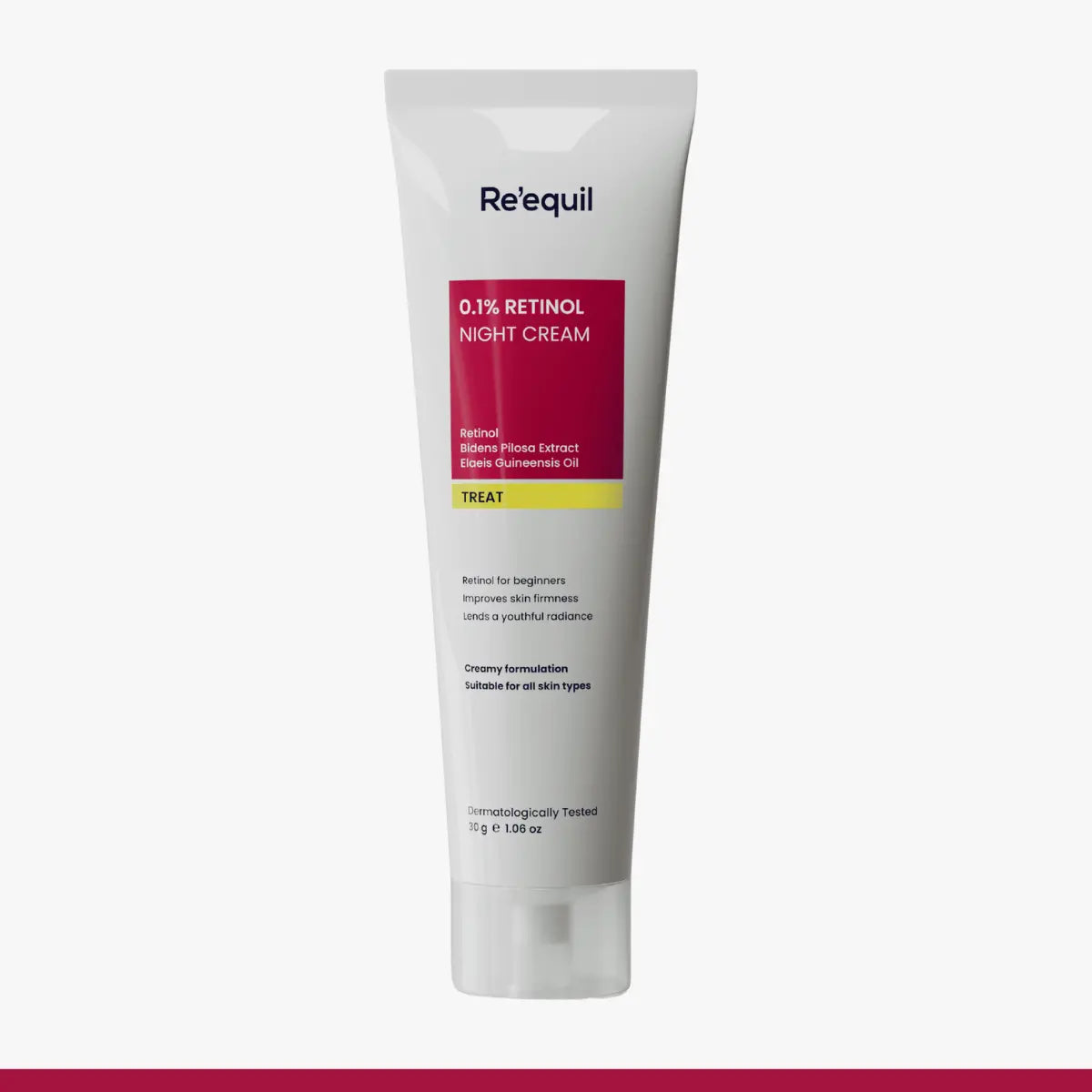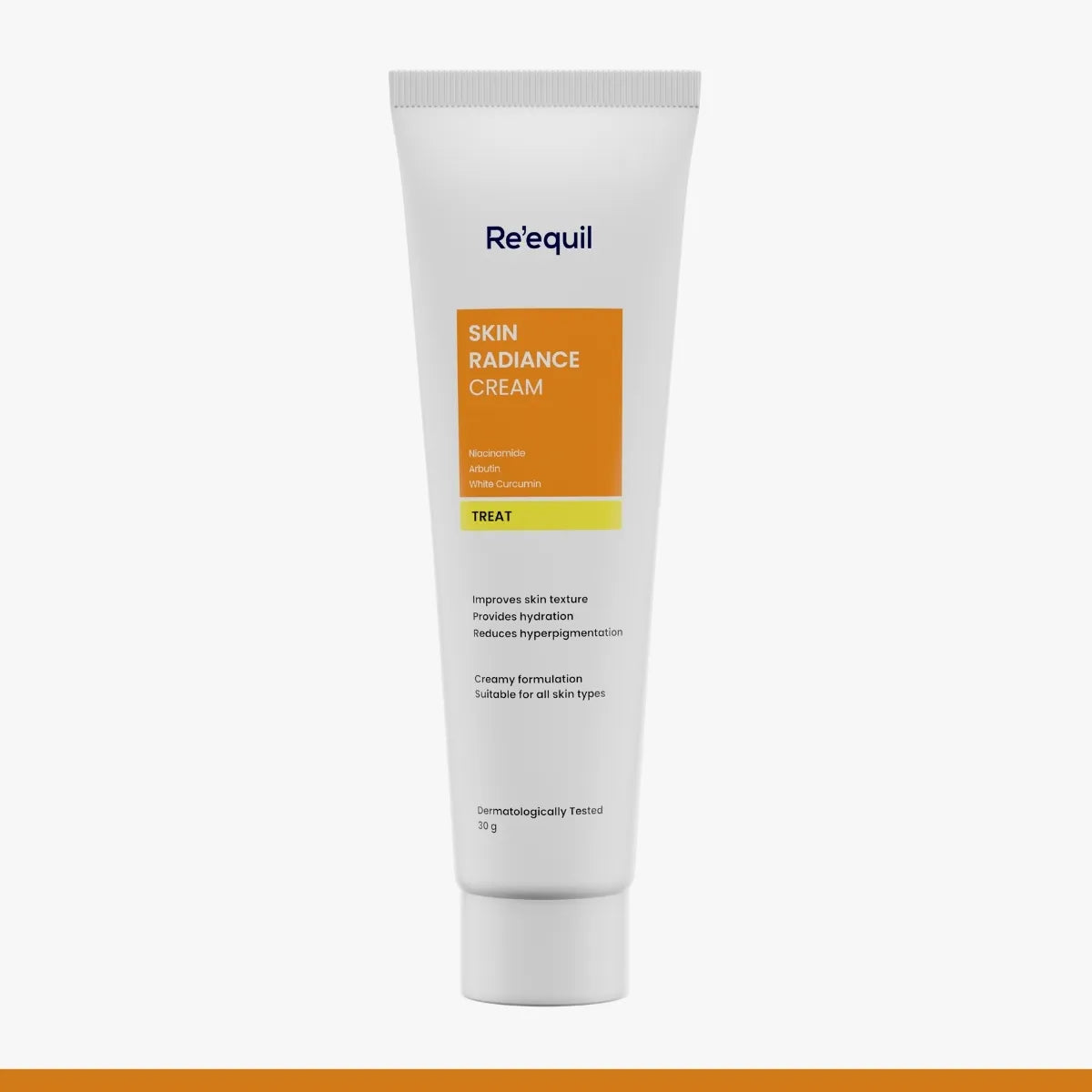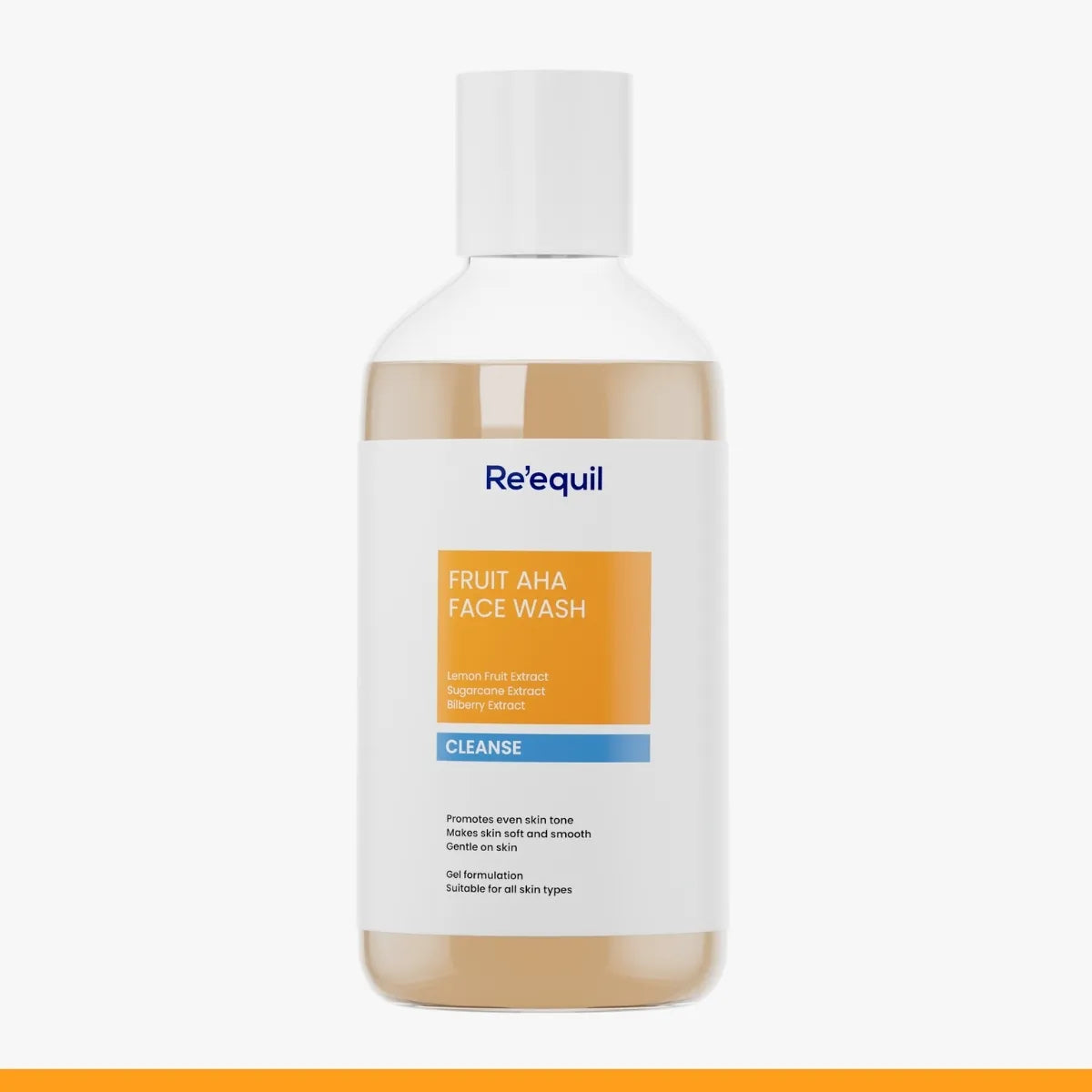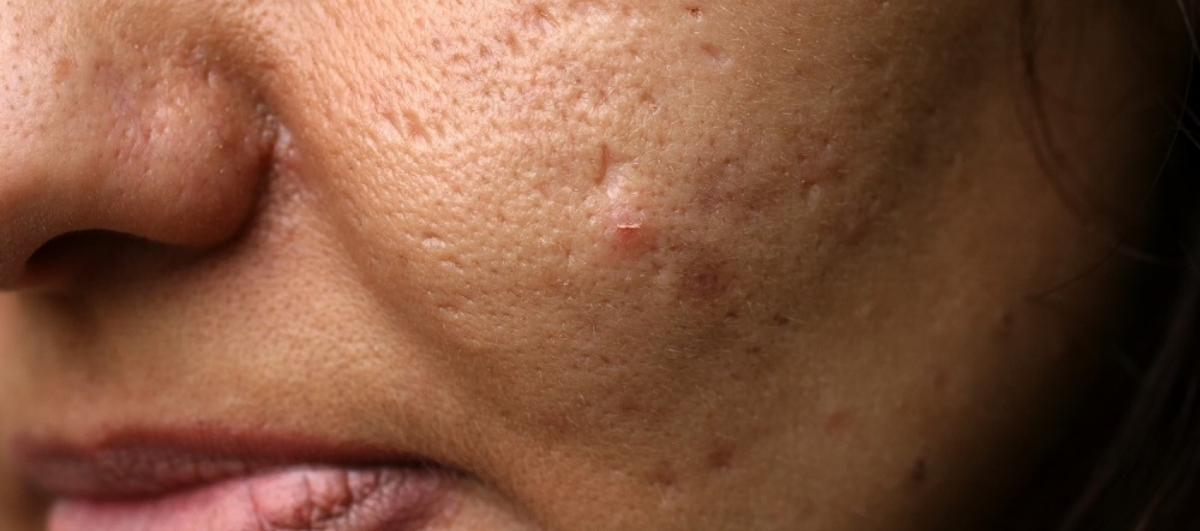No! You’re not alone!
Anyone and everyone can have acne. For some, it can be mild, while for some they are red, painful stubborn acne. But most commonly, the skin care regimen for acne is ignored. It is quite imperative to know that different types of acne require different types of care routines.
From all the types of acne, cystic acne are the ones which are deep rooted in the layers of the skin. These can be painful with lesions that can leave scars on your face. Perhaps, we assume they will heal by themselves, which they do in most cases, but consequences differ.
Relax! As long as we are here, set your worries aside! From understanding the cystic acne to how it causes scars to finding the right ways to prevent it, we hold your hand! Let’s get started!
Cystic acne, how it forms, and associated risks
Cystic acne is seated deep into the skin damaging the tissues and layers under the breakout. At times, the capillaries get ruptured that can extremely damage the skin causing inflammatory lesions, nodules, and lumps in the form of pimples.These may last a couple of weeks on and in your skin. And when they are in the process of healing, they can really test your patience.
This is how cystic acne increase the risk of acne scarring
As discussed above, cystic acne are nodules or pus-filled bumps under the skin. And if not cared for properly, the severe infection from lesions can remain for a longer period of time.
So, during the repairing process, the body heals the acne “wound” , by producing collagen. If it is produced in an inappropriate quantity, the affected skin can have a rough and uneven texture which appears in the form of scars.
How long does it take for cystic acne to go away?Usually, cystic acne does not heal on its own. It is always advised to see your dermatologist if and whenever you feel you have severe cystic acne. However, the mild and moderate forms of cystic acne can be easily treated and controlled with topical treatments. This is how.
5 Effective tips to manage cystic acne
Cystic acne can be stubborn and many times it refuses to leave early. And if it stays that longer, it gives you scars. So, it is wise to prevent it rather than cure it. Various over the counter products can actually help you look after the acne problem.
However, if the situation worsens, it is always recommended to consult your dermatologist to get the right opinion and solutions.
1. Look for topical products with anti inflammatory, anti bacterial and skin calming properties
-
Salicylic acid
Research by Gabriella Fabbrocini and et al., on Acne Scars: Pathogenesis, Classification and Treatment from the Journal of Dermatology Research and Practice recommends salicylic acid, which is a beta hydroxy agent, as one of the major ingredients for treating acne scars.
The exfoliating properties of salicylic acid acts like a peeling agent that clears the pores preventing further buildup. Its anti-inflammatory qualities calms down the damaged skin and reduces the redness and swelling from the skin.
So adding salicylic acid in your acne scar-care routine can really help you.
TIP- Be mindful of the fact that layering too many salicylic acid products in one go can be harmful for your skin. It can trigger over-exfoliation causing extra dryness and acne exacerbation in your skin. So even in the lowest concentration of 1%, salicylic acid can be effective.
-
Oligopeptide-10
Cystic acne mainly emerges due to Propionibacterium acnes. So, another effective treatment option for this nodular acne is antimicrobial peptides like Oligopeptide-10.
As the name suggests, antimicrobial peptides clear off the production of bacteria on the skin. This in turn decreases the acne on the face. It has the best action when used in combination with salicylic acid. The combination can be used in the form of serum.
-
Boswellia serrata resin Extract
Boswellia serrata gum resin extracts (BSEs) is another natural ingredient that can help you here. This ingredient has been used traditionally since ages to treat various inflammatory conditions.
Boswellia Serrata Resin Extract possesses antimicrobial and anti-inflammatory properties that help to treat inflammatory skin conditions like acne. It acts on infection causing bacteria and helps to ease down lesions and skin inflammation.
This ingredient is easily accessible in the market in the form of gels, creams and pills. The topical usage of this ingredient with other actives like salicylic acid proves to be fruitful in treating acne and acne scars.
2. Use a cold compress
We understand that cystic acne can be pretty painful and irritating. To counter this situation, we recommend using an ice wrap or say, cold compress.
- Take an ice cube and wrap it in a cotton cloth
- Now, place and rub it on the affected area
- Repeat this step at regular intervals.
This process will help to soothe the inflammation and calm the pain. Using a cold compress helps in constricting the blood vessels under the cystic acne.
3. Avoid squeezing or popping acne
No matter how irritating the acne becomes, try to control yourself if you ever feel like squeezing or popping it. Popping your acne can spill infection and lesions on your skin and attract bacteria. This can invite more cystic acne formation.
4. Use a non comedogenic and mild face wash
Comedogenic ingredients like Sodium Laureth Sulfate, Carrageenan, Steareth 10 and many more in your face wash and cosmetics can clog the pores.
Clogged pores attract dirt and acne causing bacteria, inducing or even worsening the acne. So, always go for products that are “non-comedogenic”. It is always good to start with a mild, gentle and non-comedogenic face wash with ingredients that suit acne/oily skin like Zinc PCA.
TIP- Do not wash your face frequently as it dries out your skin leading to drying up of cystic acne. This will induce overproduction of sebum triggering more acne.
5. Always apply a good moisturizer
If you think “Oily skin, then why moisturise?!” Perhaps, you’re mistaken.
In fact, the sebaceous glands tend to overwork when the skin is dehydrated. This can trigger extra sebum production resulting in clogged pores. And clogged pores are the hub of acne.
So, never skip moisturising your skin. Go for a light, non comedogenic and non-greasy moisturizer like Oil Free Moisturisers.
P.S.
Prevention is always better than cure. So is the case with acne scars. Cystic acne rarely treats on its own and requires extra care. This means that you must visit your dermatologist. Avoiding so, can worsen the condition and pain. This can leave scars on skin at last.
Always be cautious of cystic acne or even any type of acne to avoid post acne marks and scars. Updating your skin care regimen and being aware of the treatment options like salicylic acid and antimicrobial peptides can completely change your acne care game.
Just stay patient with your acne to have a happy skin!





